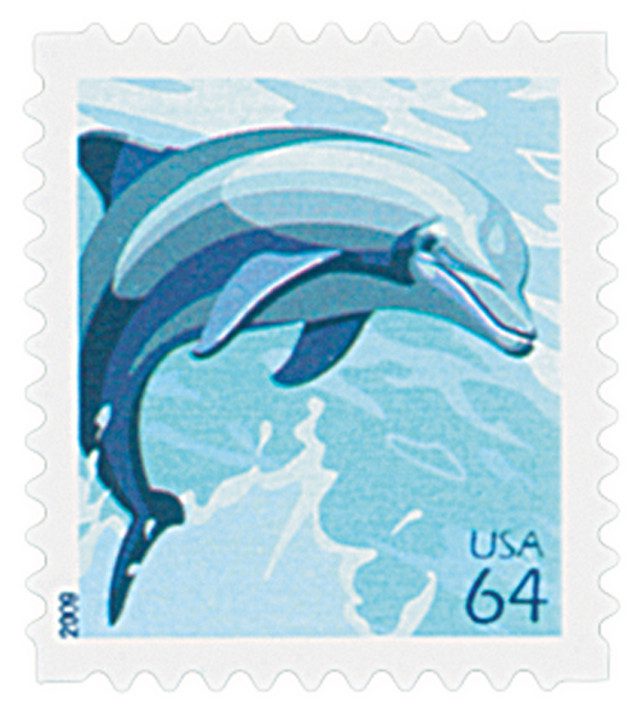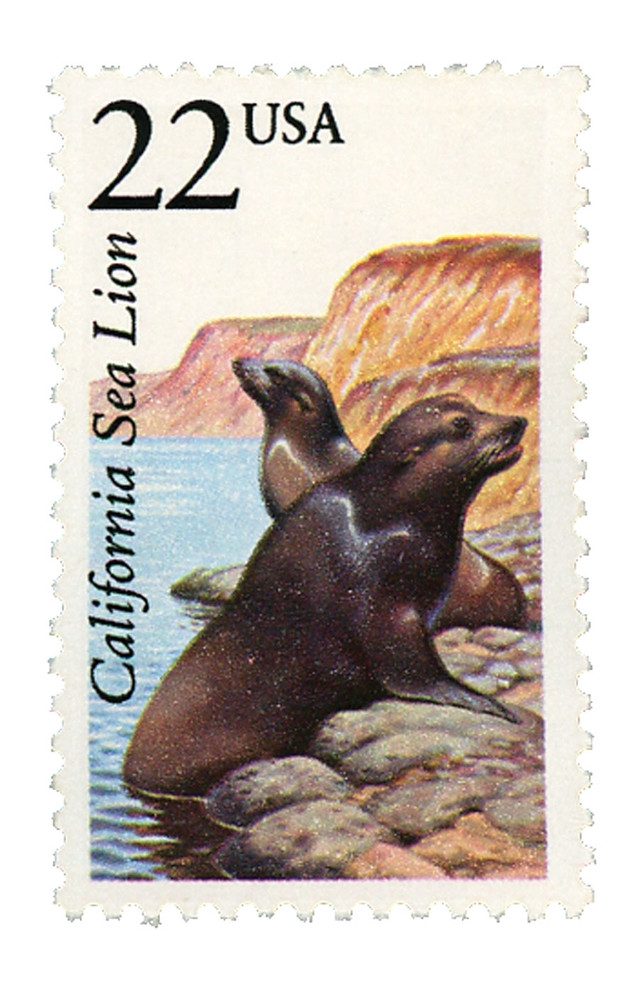
On October 13, 1987, the US Navy sent five bottlenose dolphins to the Persian Gulf to help with two important tasks: detecting underwater mines and guarding against enemy divers who might try to sabotage ships or naval installations. These dolphins were part of the Navy’s Marine Mammal Program (NMMP), which had been developing for decades. The deployment marked one of the first times dolphins were used in a combat—or near-combat—environment in the Gulf, during the Iran-Iraq War.

The Navy’s Marine Mammal Program began in the early 1960s. Its original goals were more about research than warfare: scientists wanted to explore what dolphins, sea lions, and similar marine animals could do naturally—in sonar (echolocation), swimming speed, diving ability—and whether their capabilities might be useful for naval tasks.
By 1965, the program was already testing in real operations. For example, a dolphin named Tuffy worked in the SEALAB II project off California, helping with things like carrying tools or messages between underwater habitats and surface stations. Also, during the Vietnam War, dolphins and sea lions were used to patrol harbors like Cam Ranh Bay, to detect and deter swimmers or divers who might try to approach ships or place explosives.
Over time, the program was refined. The animals are deeply trained—not just for physical tasks, but for maintaining their health, learning to respond to hand signals, identifying mines, marking them, working as sentries. The NMMP is based in San Diego (Point Loma), and has worked with bottlenose dolphins and California sea lions as its main species.
In October 1987, during the later years of the Iran-Iraq War, the US Navy flew in five dolphins from their facility in California to the Persian Gulf. Their mission: to protect US naval and allied shipping from mines (especially spiked mines used by Iran) and from enemy divers or “frogmen.” The dolphins were stationed on barges off Bahrain and farther north near Farsi Island in the Gulf. They didn’t remove mines themselves but detected them or identified dangers so humans could handle them. One of the dolphins died later in November, probably from natural causes (or a disease); foul play was considered but not confirmed. This deployment represented a turning point: though the NMMP had been used operationally, this was one of its more publicized and higher-stakes missions in the Persian Gulf region, guarding key maritime traffic and bases in tense wartime conditions.
Since then, the NMMP has continued to evolve. The program trains about 120 marine mammals (dolphins and sea lions) currently. They are used not just for mine detection and protection against human-swimmer threats, but also for recovery of lost or training equipment underwater, marking hazards, and helping safeguard US ports and naval assets. For example, after the 2003 invasion of Iraq, dolphins were deployed to Umm Qasr and other harbors. They helped scan for mines, recover suspicious objects, and ensure safe shipping routes. The NMMP has also increased its veterinary care, enrichment (keeping the animals mentally stimulated), and standards for animal welfare.

Research remains a large part of it: the Navy studies dolphin sonar, physiology and cognitive behavior, things like how they can voluntarily participate in medical checks (giving blood samples, etc.), how they navigate, how they respond to training, and how to keep them healthy. The program has faced ethical criticism: concerns about animal welfare, whether using intelligent marine mammals in military operations is fair, transparent, or humane.
Also, while technology (robotic underwater vehicles, remote sensors, sonar systems) continues improving, dolphins still offer advantages in certain conditions (e.g. murky water, complex sea floor, or where human divers or machines would be less efficient). The Navy has stated a long-term strategy may aim to replace some animal roles with hardware systems, but for now marine mammals remain an important component.
| FREE printable This Day in History album pages Download a PDF of today’s article. Get a binder or other supplies to create your This Day in History album. |
Discover what else happened on This Day in History.

